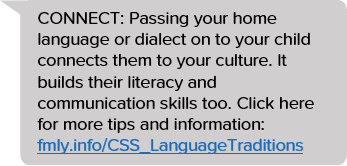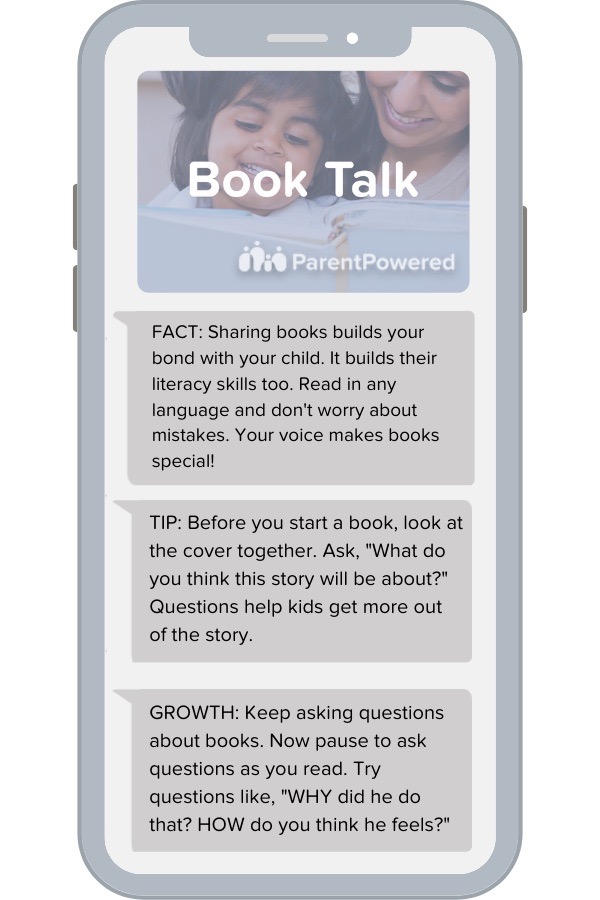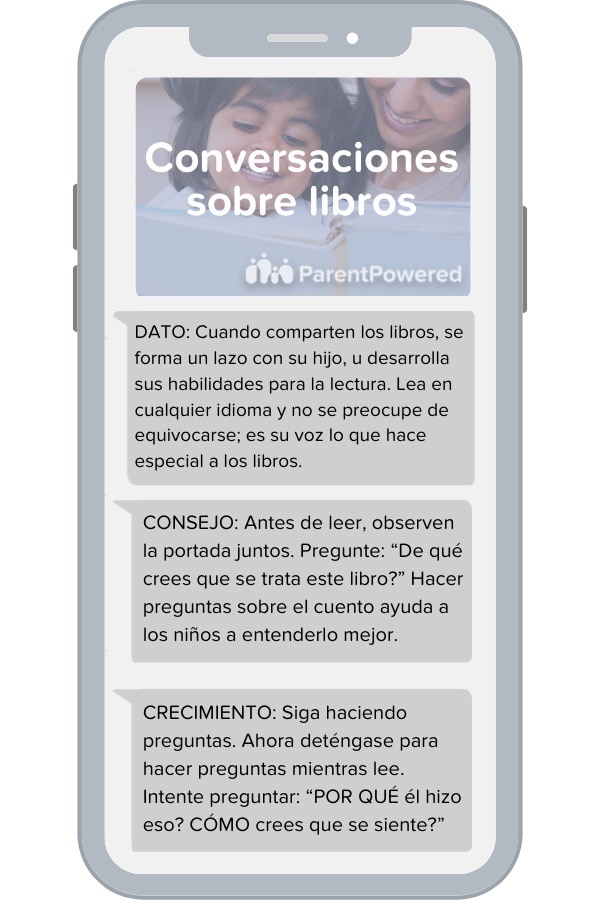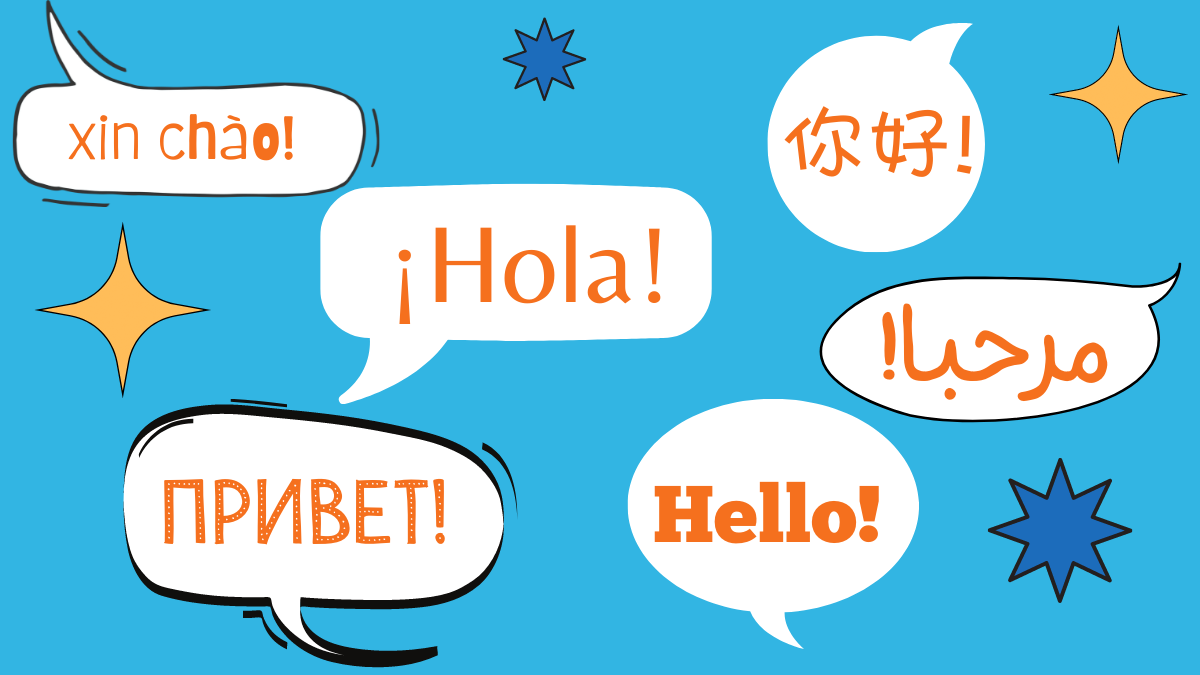By Françoise Lartigue, ParentPowered content manager
“Franchise Latrine.” This was the name that appeared at the top of the first college assignment. And I almost turned it in. Luckily, I had my roommate proof it and she dissolved in a fit of laughter when she saw the mistake. Disaster averted!
When I was an undergrad, the internet was just beginning, dial up was still enough, and Word had not yet learned my name, instead autocorrecting it regularly to Franchise Latrine. Just one of the many ways my name has been mispronounced or misunderstood.
My name, Françoise Lartigue, has always felt like a mouthful for many people to say.
In Kindergarten I remember a teacher asking, “What kind of name is that?”
“French,” I responded quietly.
She tried to say it, but missed the /sss/ at the end.
“Almost,” I said. “You have to make the /sss/ sound at the end or it means I’m a boy.”
“Excuse me?” the teacher questioned.
I pronounced the difference.
She just stared at me, sighed, and told me to go to my seat.
My name, unique in the places I have lived, seems to raise questions and start conversations – mostly well intended. It is a very distinct part of my heritage. Both my parents immigrated to this country in their early 20s – my father from France and my mother from England. While both cultures played a large role in our home life, my father insisted that my brother and I both have French names. He had hoped we would learn French, as well.
A shifting landscape
I grew up, like so many children of immigrants do, navigating a mix of culture and language. Knowing very little English when my father arrived in the U.S., he learned quickly in the kitchens he worked in. While he was learning English, my mother learned French. I remember being a young child and having both my parents speak a mix of French and English to me. Once I went to school a shift happened.
I grew up in a place and during a time that didn’t have supports for families who desired to raise bilingual children or whose home language was not English. For most of the history of US public schools, diverse home language and culture has not been seen as an asset. The negative impact of this attitude has been compounded for families from non-northern European backgrounds. Thankfully the educational landscape is shifting when it comes to understanding the important role that home language plays in young children’s learning.
From cognitive to social emotional benefits, there is plenty of research and data to support the benefits of families speaking, reading, and supporting children in their home language.
When parents and caregivers engage with their child in the language they know best, they’re creating important bonds that connect children to their culture, community as well as strengthen their identity. It builds key language and literacy skills and sparks learning to create a foundation from which the child can grow and thrive. Our job as educators is to make sure that families understand ALL of this.
How do we support this at ParentPowered?
Our family engagement curricula are designed to empower parents and caregivers, providing accessible insights and activities to try with their child at home. Sometimes our messages offer a clear directive to the importance of home language.



However, one of the most important ways we encourage families to embrace their home language and culture while connecting with their child is by translating our programs into languages other than English.
Translation not only means our messages are more accessible to more families, but sends a clear and positive message about the importance of home language.
Home language is more than words
Anytime we translate our programs into a new language, we also ask our translators to take culture into consideration. As they bring our messages to life in a new language we ask them to look for everyday routines that might not resonate. Translators are asked to offer insight into how we can make our messages more salient and accessible for a given culture. It is also a necessity that our translators look at each message with an educational lens as well.
When it comes to guiding families to try things like rhyming, doing phonemic awareness activities, or building vocabulary our translators offer specific language substitutions to make the message work. For each new translator that comes on, they receive a ParentPowered language guide that takes them though key cultural and educational considerations to keep in mind when translating our ParentPowered content.
Each time we have the opportunity to translate our family engagement curricula into a new language it is a cause for celebration. A reminder companywide that we are taking clear action in a way that supports our mission of accessibility for families.
We are so proud to partner with an amazing team of translators. And that team keeps growing.
Which language(s) will be next for ParentPowered?
Our partners help us make that decision!
Recently, we worked with a tribal nation to do a form of translating we call “versioning” to support their language revitalization efforts. This process entails editing our messages to include usage of high frequency words and phrases in the tribe’s native language as well as adapting messages to respect and support the tribe’s unique culture.
Currently, based on a request from one of our state partnerships, we have just begun translating our Core curriculum into Hmong.
Do you have family engagement language needs that require support? Reach out, we’d love to talk and help you speak your families’ language.





